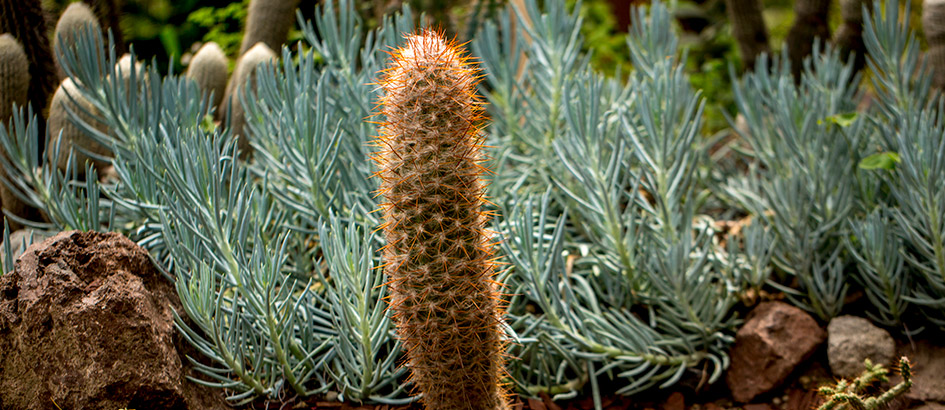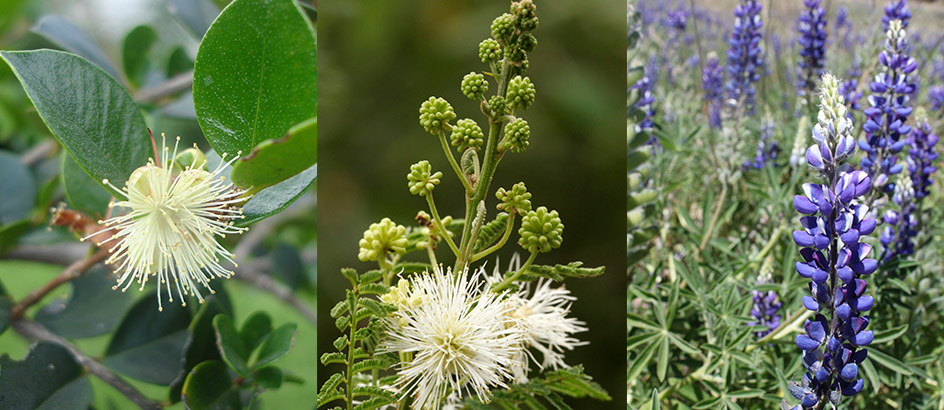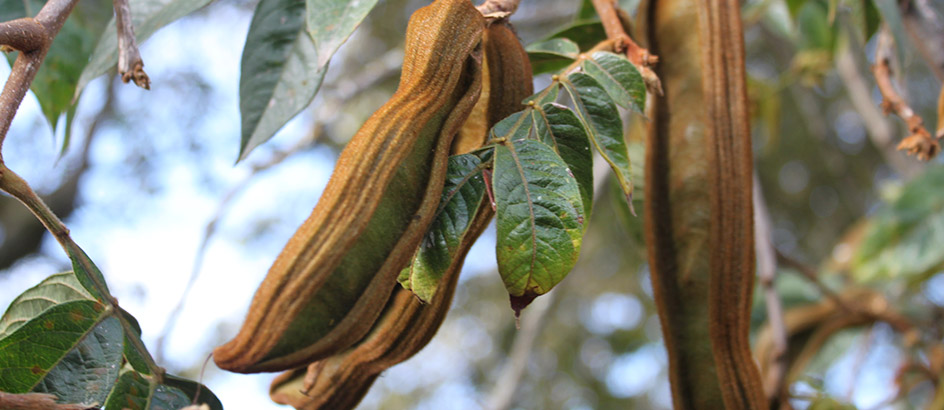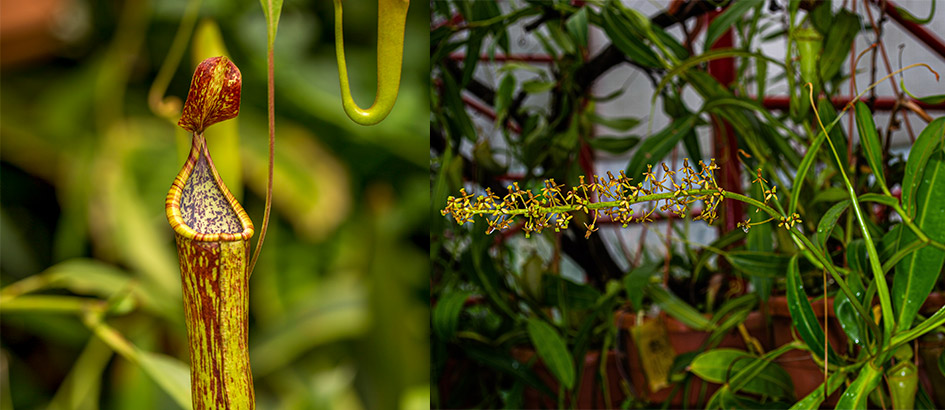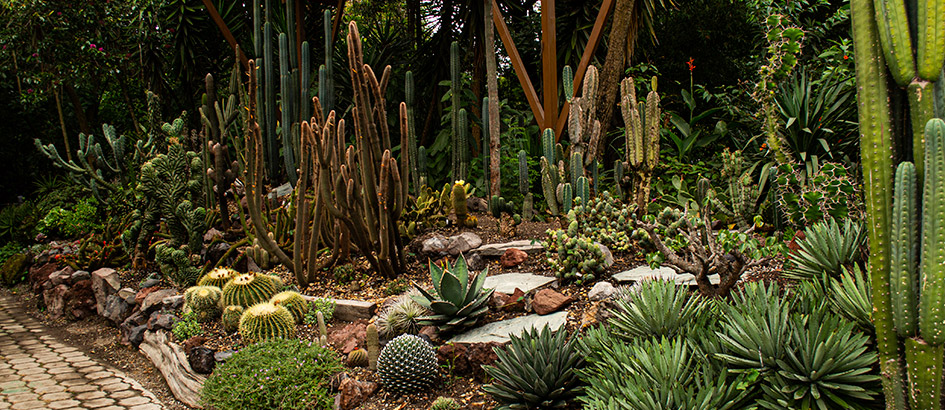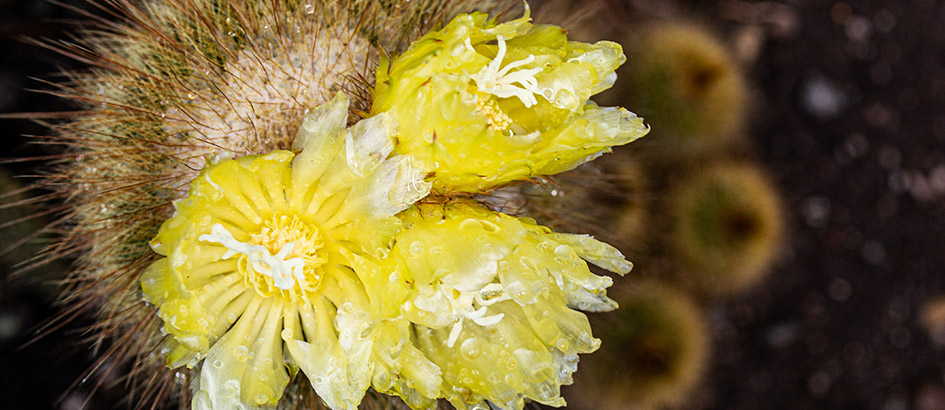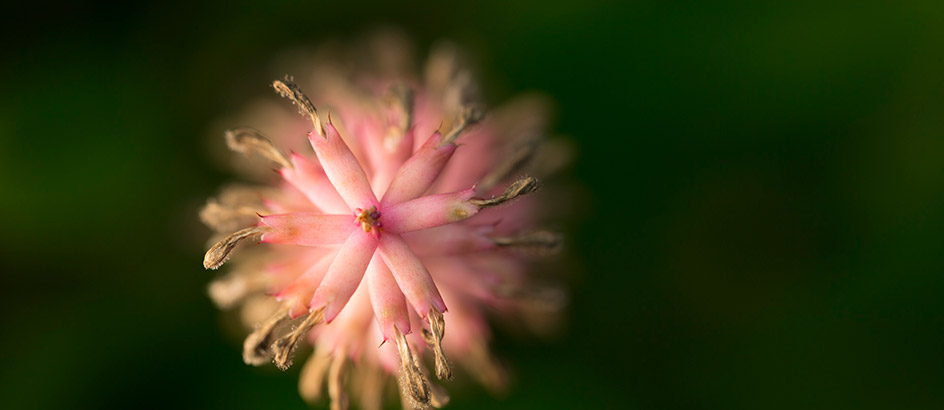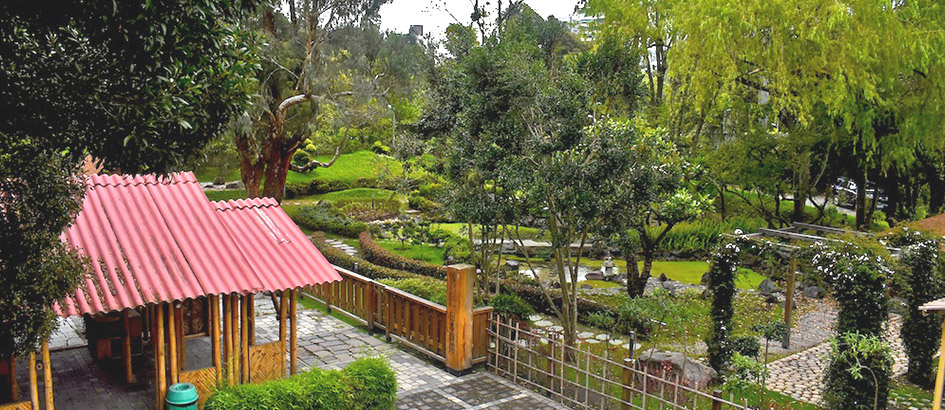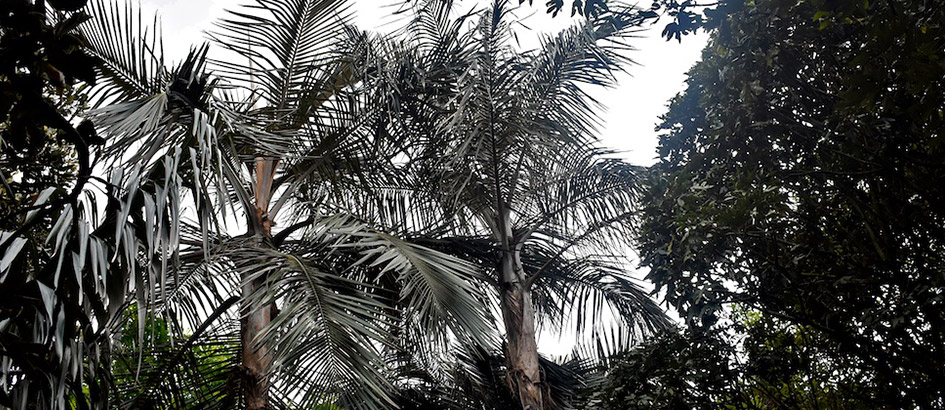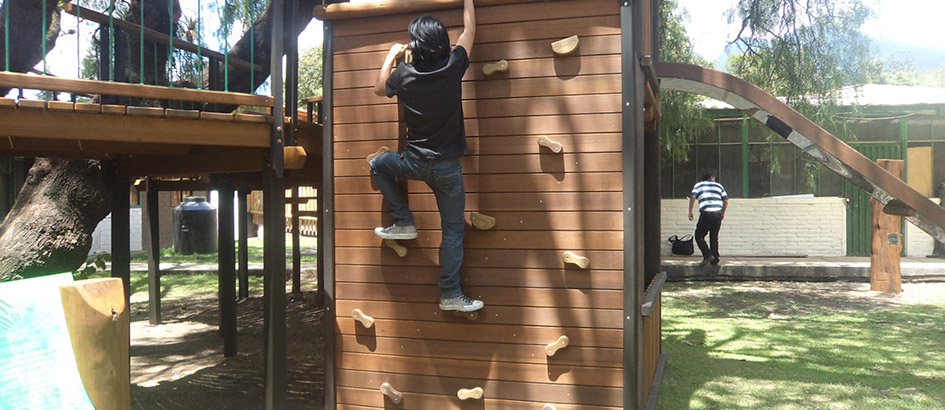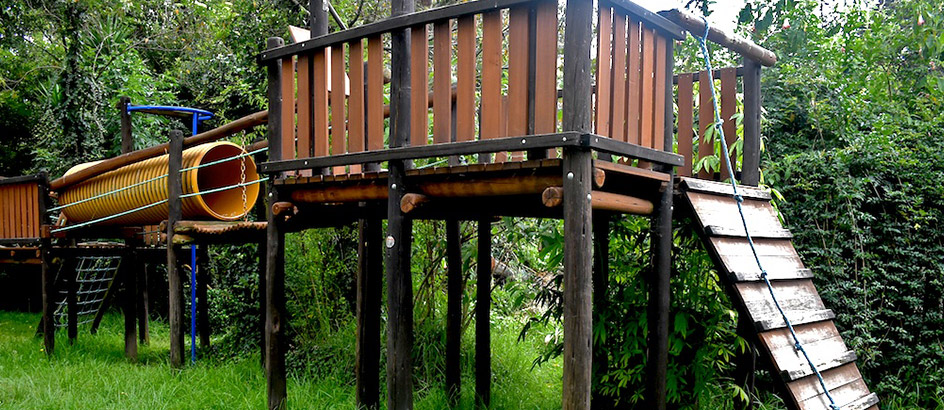
Native plants garden

Bonsái
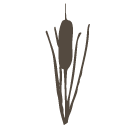
Totoras

Fern

Orquideario Calor

Orquideario Frio

Rose Garden

Chakras
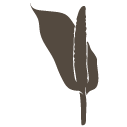
Camachos

Huayco

Fucsias

Angel´s Trumpets

Palmetum

Bromelias

Garden of Colors

Cactus
Ecosystems
Here we have the main terrestrial ecosystems of Ecuador, get to know the beauty and uniqueness of the plants that inhabit our country!

Wetlands of the Mountains

Cloudy Forest

Shrubland Páramo
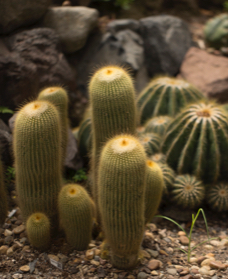
Dry Thorny Scrub

Wayku
Greenhouses
These shelter many plants that grow and bloom with all the necessary conditions.

Orchid Gardens

Tropical Greenhouse

Carnivorous Plants
Gardens
Unique green spaces where you will be surprised and find peace amidst native plants and extraordinary designs.

Bonsai Museum

Cactarium

Japanese Garden

The Bromeliad Garden

Ethnobotanical Garden
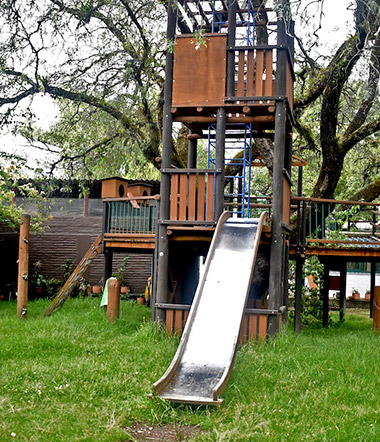
Urban Tree Garden
Technical Projects of the JBQ
An effort for biodiversity! We focus all our technical and scientific potential on preserving Andean flora.

Germplasm Bank

Seed Conservation

Compost Production


















